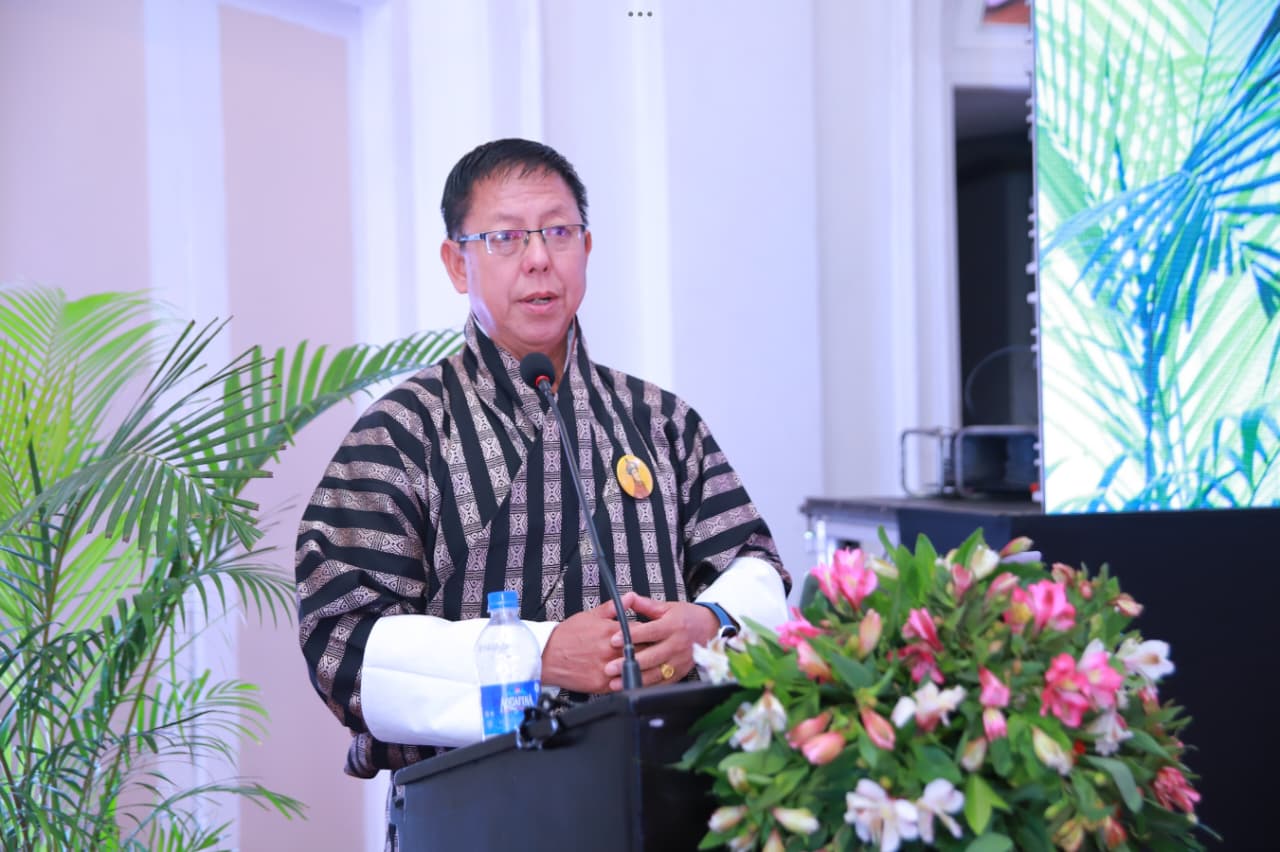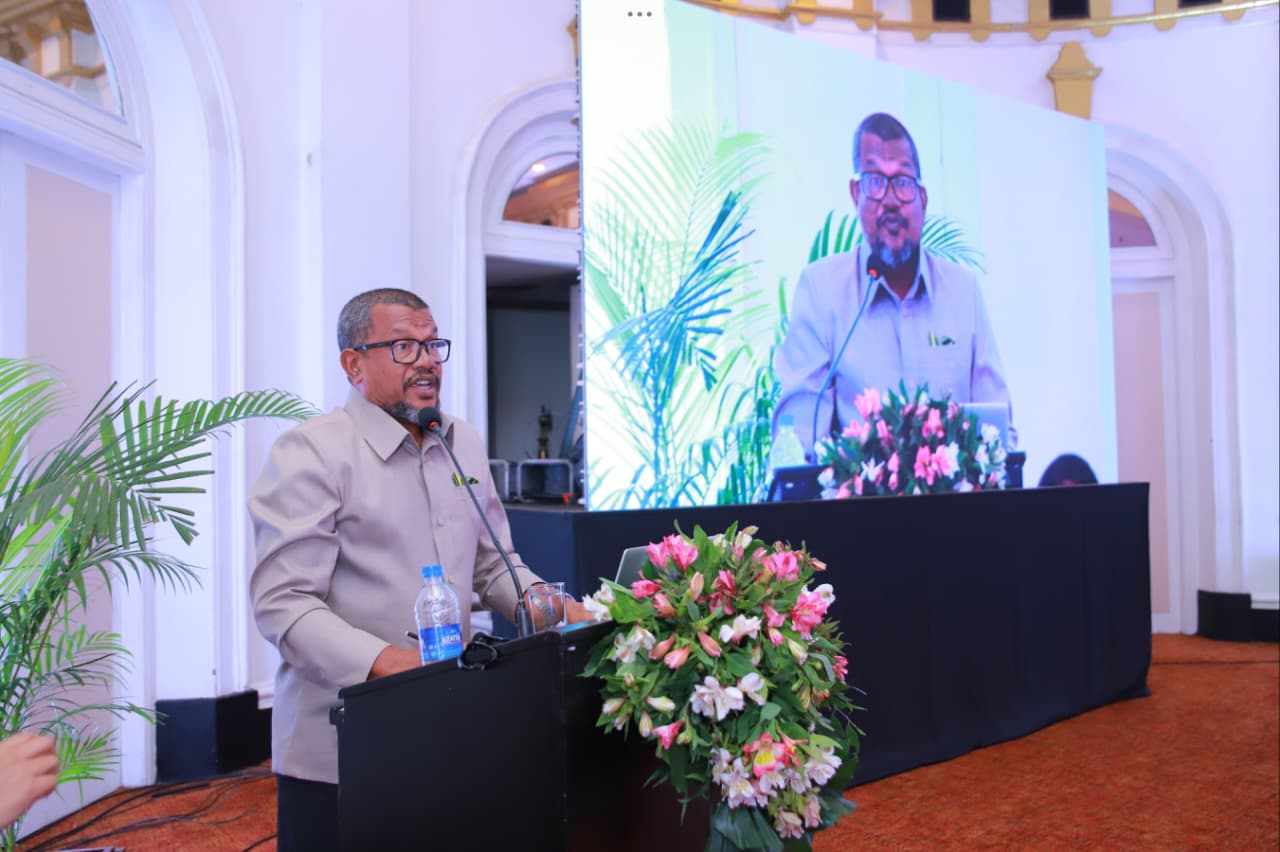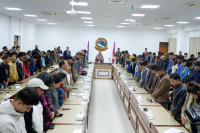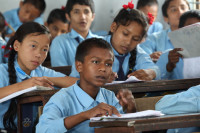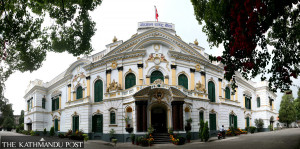Columns
Climate multilateralism in South Asia
The challenges we have faced in the past in forging regional institutions should not dissuade us.
Sanjay Jaiswal, Ugyen Tshering, LM Abeywickrama & Mohamed Ibrahim
With the conclusion of COP30 in Brazil, the message emerging from global negotiations is unmistakable: The world has now slipped past the 1.5 degrees Celsius threshold, and the window for meaningful action is rapidly narrowing. Despite urgent warnings from the UN Secretary-General and decades of promises, the global north continues to fall short on its commitments to finance, equity and climate justice even 30 years after the Earth Summit first set a collective direction in this very country. The Paris Agreement is struggling to deliver ambition at the scale and pace required; therefore, calls for a renewed, reimagined form of climate multilateralism shaped by the priorities, realities and leadership of the global south have become louder and more compelling than ever.
In this moment of reckoning, we—parliamentarians from some of the world’s most climate-vulnerable South Asian countries—put forward the idea of Regional Climate Multilateralism as a concrete response to that call. South Asia has been living with the intensifying impacts of climate change for well over a decade. Studies show that by 2050, the region could face economic losses amounting to nearly 1.8 percent of its annual GDP due to floods, sea-level rise, extreme heat and droughts—alongside irreversible non-economic losses in the form of lives, livelihoods, cultural practices and traditions. The region’s shared geography, ecosystems and resources are layered over a long, intertwined political and developmental history. This combination makes South Asia acutely vulnerable to climate risks. But it also creates opportunities for coordinated action if countries choose to act strategically and together.
It is therefore imperative that South Asian countries create robust institutional mechanisms to respond to the climate emergency in ways that are mutually beneficial and capable of projecting a strong, unified voice in global climate forums. Moving in this direction would mean that willing South Asian nations take the initiative to establish a shared regional body—potentially named the South Asian Climate Cooperation Council (SACCC) or the South Asian Climate Change Coalition—hosted on a rotational basis and guided by clearly defined priority areas for collaborative action. The challenges we have faced in the past in forging regional institutions should not dissuade us. The urgency and the criticality of a looming threat like climate change should compel us to work collaboratively as well as strategically.
This idea, however, is not new. For instance, the Quad coalition of disparate countries was born as a result of post-humanitarian and disaster assistance following the 2004 Indian Ocean tsunami. The region has a history of providing bilateral disaster-risk assistance in many instances, such as the Nepal earthquake, cyclones and the Maldives water crisis. This is the level of urgency that is needed for climate action in the region, now prioritising both mitigation and adaptation on a war footing.
One area where some progress has already been made in the past few years is the South Asia cross-border power system connectivity. In 2014, the SAARC countries signed the SAARC Framework Agreement for Energy Cooperation (Electricity) to facilitate the integrated operation of the regional grid. There have been some advancements in the form of trilateral power transaction—from Nepal to Bangladesh through the Indian power grid, which is already in place. It could also be extended, under the One Sun One World One Grid initiative, wherein Bangladesh, Bhutan, Nepal and India could pool their conventional and non-conventional electricity resources and transmit to each other during lean periods of power production within the region. Further, it carries the potential to lower the energy costs, diversify the supply of energy-poor regions, and tap into renewables and low-carbon energy resources.
Ahead of COP30, South Asian Parliamentarians from Bhutan, India, Nepal, Sri Lanka and the Maldives endorsed the idea of a South Asian joint institutional response to climate change at a meeting held in Colombo in October 2025. The meeting organised by the South Asian Regional Parliamentary Forum (SARPF) for Climate, Energy and Environment also discussed the possible constitutive principles, roadmap and contours for realising SACCC.
That such a coalition needs to be formed based on a unique South Asia climate solidarity framework that champions both intraregional justice—foregrounding the poorest and marginalised, and interregional justice forming a block against the skewed trade and financial practices of the global north—was the overwhelming consensus.
Among the many provisions, three themes or pillars could serve as the contours of SAPCCC:
First, a regional knowledge sharing and innovation hub. South Asia should establish regional innovation centres co-managed by multiple nations to gain from the complementarity of neighbouring countries’ practice-based knowledge. For instance, the Maldives can co-host a South Asia Coastal Climate Resilience Hub. Such an institution must focus on coral reef restoration, sustainable fisheries management, and renewable energy integration for maritime and coastal regions.
Meanwhile, Sri Lanka, with its Sri Lanka 30 X 30 and Life to our Mangroves (LOM), could offer expertise in nature-based solutions and complement the mitigation and adaptation to environmental and developmental challenges of the region. The region could pool in best practices from Bhutan’s Gelephu Mindful City and India’s Mission LiFE (Lifestyle for Environment) to scale up large-scale urban development programmes that integrate sustainable practices and economic growth. India could complement it by providing technical know-how to scale up renewable energy installation in the region. Ongoing efforts towards power sharing and grid infrastructure between India, Bhutan, Bangladesh and Nepal could be an added advantage.
A critical second pillar could be a South Asia Green Climate Finance Facility. Translating these solutions into climate action remains contingent on the availability of finances (regional and international). A regional financing facility is a mode of pooling financing resources, building the capacity to absorb and monitor international finance, and building a pipeline of high-priority, bankable project pipeline.
Involvement of multiple countries and agencies can mitigate the average risk profiles of the projects. In South Asia, this can be achieved in close coordination with multilateral agencies, such as the ADB, the World Bank or the Green Climate Fund. The facility could offer a range of financial instruments—from bonds to risk-mitigation instruments—to attract international climate finance. This facility can also conceptualise and design a pool of climate action projects in the region and for the region to build a conducive environment to bring in climate finance investments.
Thirdly, a Scientific Commission to offer independent advice on the type, scale and speed of climate action needed to safeguard South Asia’s infrastructure, economy and people on all three fronts of resilience, mitigation and adaptation. The body should not only focus on fostering regional technological R&D and innovation but also identify low-hanging technological interventions that deliver low cost, long-term and wide-scale change where it is most needed. A collective policy focus by all participating countries in such sectors can take advantage of the regional scale, which in turn can channel finance and technology at lower costs. The scientific commission can also bring together the excellent research institutions in the region and facilitate data sharing to advance climate research and mitigate climate risks for all involved countries.
Climate action is no longer a matter of policy debate but more a matter of how we do it most cost effectively. As COP after COP falters, it is time for the global south to define its own future.




 8.12°C Kathmandu
8.12°C Kathmandu
